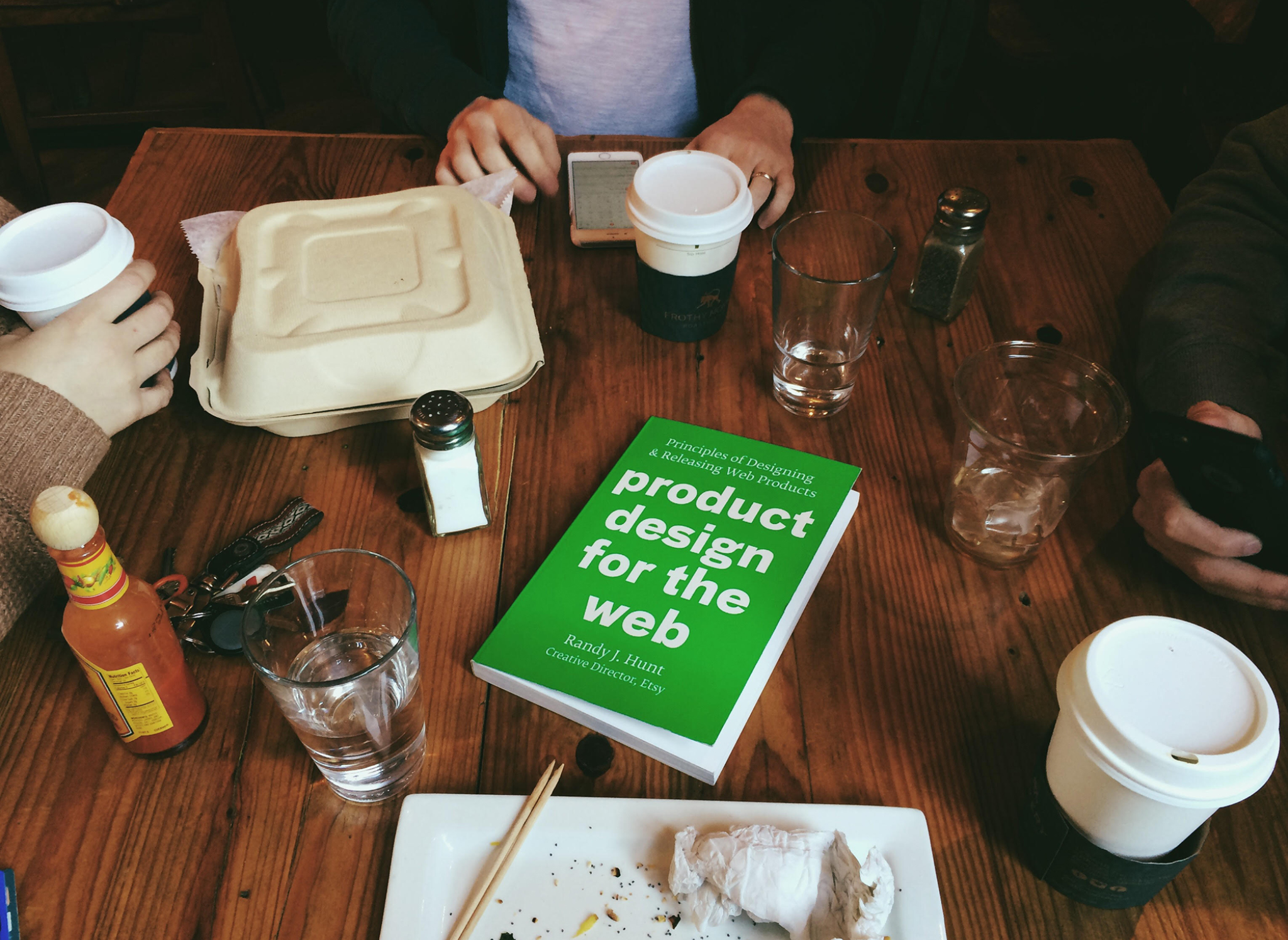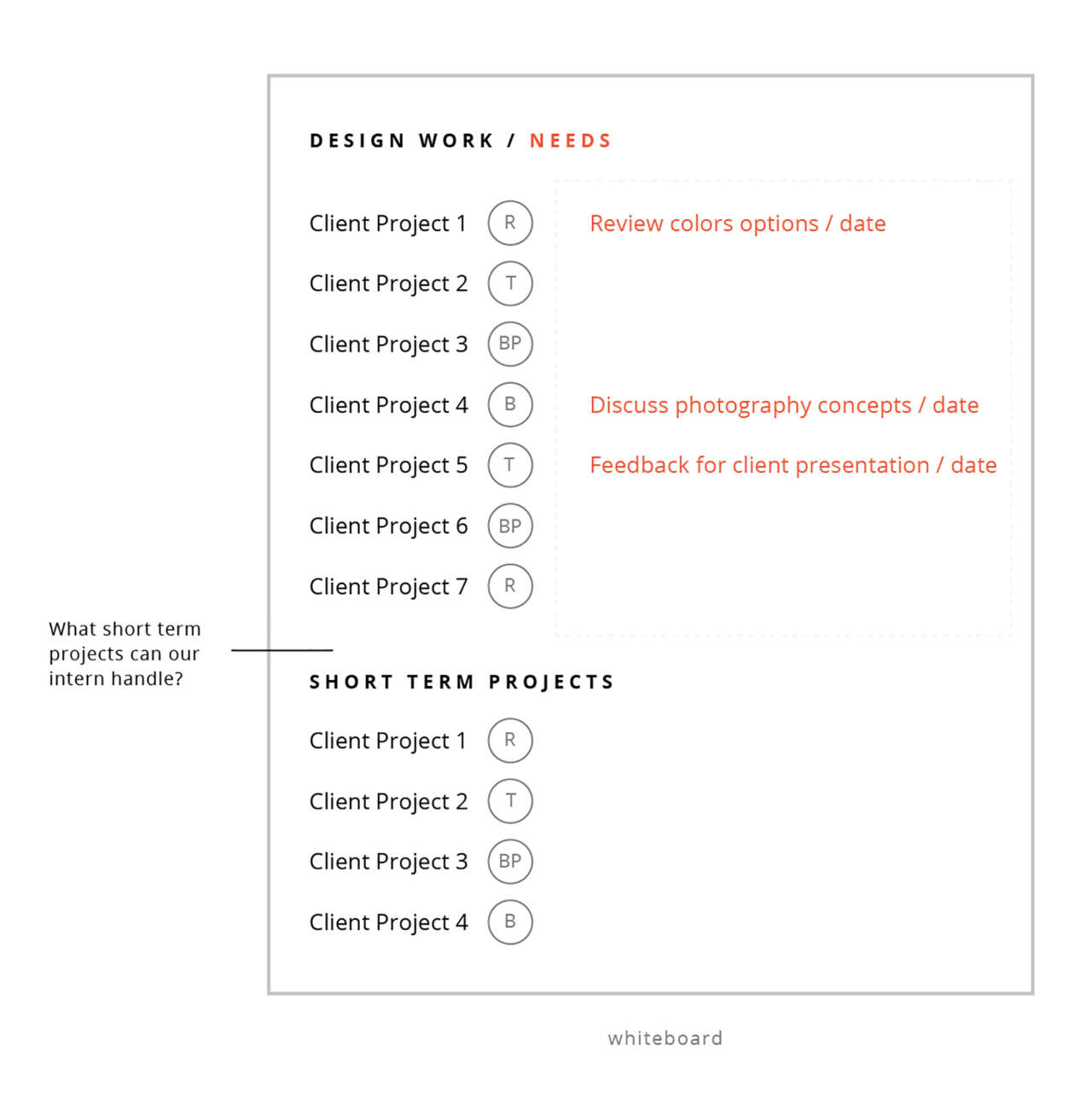
Keys to effective collaboration.
At Lewis Communications, we’re growing. Like many companies experiencing the growing phase, positions shift, workflows change quickly and real collaboration has the potential to suffer. To be clear, I’m not referring to the idea of transferring files, emailing project managers or sending emoticons via HipChat. It’s more about creating ideas and executing as a team. I’m super thankful to work somewhere that pushes us to be in each others faces (and bump chests, of course). Here are some approaches we have taken to keep things rolling.
Create a System With a Purpose
Design team challenges
Let’s be honest, how many meetings have you scheduled to “brainstorm” where YouTube, Dribble and a hot new website are the only things that get accomplished? When sessions turn into show and tell and you miss out on substance, we call this a pony show. To have effective creative sessions, develop a system that forces everyone to bring up questions and challenge concepts.
This is what we do on the office whiteboard.

We wanted to create a system that will encourage us to really collaborate. First, we listed all “long term” projects so they can be viewed as a team. Secondly, for clarity, we placed the person’s initials that is leading the project. Lastly, we created a section for the project’s “needs.” There is also a list for short term projects where we can easily play a game of hot potato.
Designers frequently deal with “problems.” The creative energy to solve every problem on your own… is insane. This system allows us to bring up project details that need clarity or breakthrough. The hiccup or speed bump, so to speak, is never buried. Instead, we bring it to attention. This helps us avoid lengthly trial and error approaches as it informs our design decisions and gives us sound reasoning to explain concepts to others.
Here are the benefits:
- There is a real grasp on what each designer is working on.
- We are well prepared to explain concepts and reasoning to clients.
- Solutions come sooner.
- Everyone builds a mentality to challenge.
- We become a team.
Musical Chairs
Everyone eventually sits next to everyone
Another strategy we put into action is “teams.” We are a team of around 20 employees that includes digital strategists, content creators, designers and developers. We have complex projects that range as long as 12 months with periods of overlap between the departments. We not only assign tasks to individuals to make a team, but also make new seating arrangements as projects kick off. This can occur around 3 times a year. We use prototyping tools, teamwork, Trello and Slack to share ideas and communicate, but nothing beats the old fashioned buddy system.
Here are the benefits:
- Huddling up briefly doesn’t require everyone to meet up and plug into the conference room TV. Although these things are necessary, we are one glide of the office chair away from each other to get feedback, ask for files and make quick adjustments.
- We become tight knit. This allows us to understand each others’ personal workflow, share shortcuts, among other things. We all have something to learn or contribute, so why not put ourselves in a position to benefit from everyone in the office?
- Culture thrives. Inspiration and interests grow continually because we’re all building stronger friendships. We are big on everyone loving their job so mixing it up avoids dull routines that tend to get in the way of creativity (we’re always pumped!).
Book Club
Nerd alert
Something we believe is very important to our culture is learning. In an industry where technology is constantly moving forward, it’s crucial to stay ahead of the game. While our developers participate in a monthly Lunch and Learn , the design team has a book club in order to sharpen our thinking and skill sets. The current read is Product Design for the Web by Randy Hunt, who leads design at Etsy. We meet once every week to discuss what we’ve read, our thoughts, what stands out and what is applicable to our current work.
In an industry where technology is constantly moving forward, it’s crucial to stay ahead of the game.
Here is how we benefit:
- We develop a stronger vision for our roles as designers.
- We are constantly being fed with inspiration.
- Our work becomes better.
- Arrive at blog topics (cha-ching!).
- Allows us to spend time with each other away from our computer screens.
All that said, we don’t believe a formula or productivity tool will engage people enough for the meaty stuff. Call it old school, but sometimes the most basic, practical and traditional practices are the best. If you or your team have other means of collaborating effectively, feel free to chip in and share with us!


